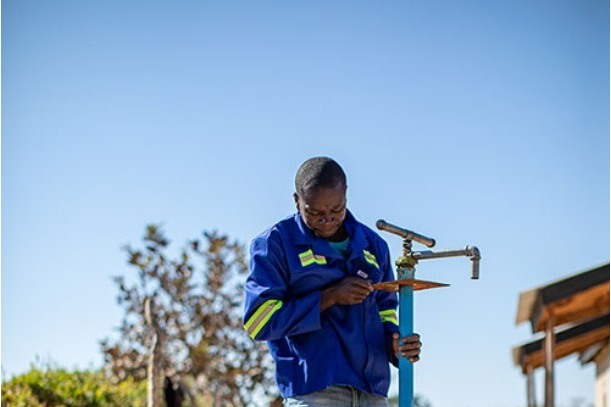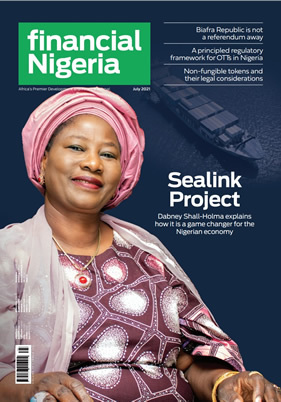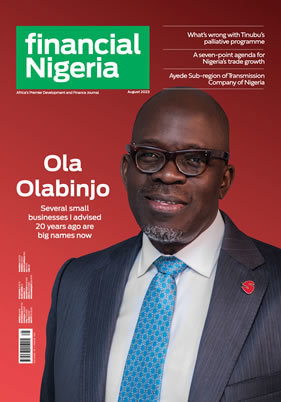Why World Water Day should focus on more than just water

Feature Highlight
Water4’s solution is less about providing water and more about building a system where the sustainable provision of water can thrive.
Every year since 1993, on March 22 the United Nations has observed World Water Day. The day “celebrates water and raises awareness of the 2 billion people currently living without access to safe water.”
This year was no different. Stakeholders wrote articles, held events, and gave speeches about the importance of water and its lack of access for many in our world.
Progress however, towards the goal of making water available to the more than two billion people who lack access, has been painfully slow despite the fact that studies show a return of $5 to $46 for every dollar spent on clean water intervention.
One of the major reasons for this slow progress is that water – or the provision of water – is often seen as the solution to water problems. But that’s not the case.
The first time I visited a community where people did not have access to water nearby, I thought that simply building a water well would solve the community’s water problems. So, I rallied friends together, raised $10,000 and we built a well for the community. We later built four other wells in other communities.
Over time, virtually all the wells broke.
My experience is far from unique; non-government organizations (NGOs) and other stakeholders have spent more than hundreds of millions of dollars on water supply projects in Africa and other regions that have broken down and no longer work. It’s hard to calculate the actual figure but the fact that more than two billion people today still lack access to water implies that much of the water intervention programs – like mine and those in the report – ultimately fail.
Although building a water well – or simply providing water – in a community that lacks water makes sense on paper, in reality it is more difficult to implement. Understanding how push and pull strategies differ provides a clue as to why this happens and how to solve the water problem once and for all.
Push strategies are often driven by the priorities of their originators, typically experts in a particular field of development, and generate solutions that are recommended to communities that lack access to a particular resource such as water, schools, hospitals, etc. It is important to note that many of the resources being pushed are good things and they are often welcome by people in these communities.
Unfortunately, however, they are usually pushed into a context that isn’t quite ready to absorb them. And that can turn what started out as a good thing into something profoundly disappointing – just like my water well project.
So, until a different strategy is employed, water stakeholders will continue to spend hundreds of millions of dollars on water projects that don’t solve the water problem. In the UN’s first ever assessment of water security in Africa, around half a billion people are in areas designated “water insecure.”
The pull strategy offers a better approach.
Pull strategies are originated by people on the ground–often innovators–who are responding to the struggles of everyday people experiencing specific struggles. As the people on the ground design and develop their solutions, they pull in the appropriate resources necessary to make the solutions sustainable.
Consider how nonprofit organization Water4 approaches and works to solve the water challenge in the communities where it works.
First, Water4 partners with local water entrepreneurs to create a sustainable business model that makes water available to people in low-income countries. Second, the organization provides a holistic and market-based approach to solving the water crisis in the communities where it works. This means that depending on the community, its recommended solutions or partnerships might differ.
Third, Water4 partners with franchisees and provides them with drilling and pumping tools, technology and business management training, and a support network with 24/7 access to the organization’s technology team. By providing a suite of services, franchisees have access to all the resources they need in order to sustainably build and run a water supply enterprise.
So far, this approach has proven successful: today Water4 works with 19 partners operating in 13 different countries and has supported close to 7,000 projects that have impacted 1.7 million people since 2009.
Water4’s solution is less about providing water and more about building a system where the sustainable provision of water can thrive. When this approach is applied to other problems related to poverty, solutions become more sustainable.
Making water accessible is more about creating systems than it is about implementing water projects. On March 22, 2023, I hope we have more to celebrate.
Efosa Ojomo is a senior research fellow at the Christensen Institute, and co-author of The Prosperity Paradox: How Innovation Can Lift Nations Out of Poverty. Efosa researches, writes, and speaks about ways in which innovation can transform organizations and create inclusive prosperity for many in emerging markets.
Other Features
-
Can you earn consistently on Pocket Option? Myths vs. Facts breakdown
We decided to dispel some myths, and look squarely at the facts, based on trading principles and realistic ...
-
How much is a $100 Steam Gift Card in naira today?
2026 Complete Guide to Steam Card Rates, Best Platforms, and How to Sell Safely in Nigeria.
-
Trade-barrier analytics and their impact on Nigeria’s supply ...
Nigeria’s consumer economy is structurally exposed to global supply chain shocks due to deep import dependence ...
-
A short note on assessing market-creating opportunities
We have researched and determined a practical set of factors that funders can analyse when assessing market-creating ...
-
Rethinking inequality: What if it’s a feature, not a bug?
When the higher levels of a hierarchy enable the flourishing of the lower levels, prosperity expands from the roots ...
-
Are we in a financial bubble?
There are at least four ways to determine when a bubble is building in financial markets.
-
Powering financial inclusion across Africa with real-time digital ...
Nigeria is a leader in real-time digital payments, not only in Africa but globally also.
-
Analysis of NERC draft Net Billing Regulations 2025
The draft regulation represents a significant step towards integrating renewable energy at the distribution level of ...
-
The need for safeguards in using chatbots in education and healthcare
Without deliberate efforts the generative AI race could destabilise the very sectors it seeks to transform.
Most Popular News
- NDIC pledges support towards financial system stability
- Artificial intelligence can help to reduce youth unemployment in Africa – ...
- ChatGPT is now the most-downloaded app – report
- Green economy to surpass $7 trillion in annual value by 2030 – WEF
- CBN licences 82 bureaux de change under revised guidelines
- Africa needs €240 billion in factoring volumes for SME-led transformation












